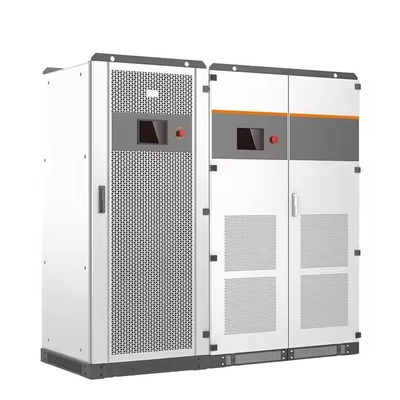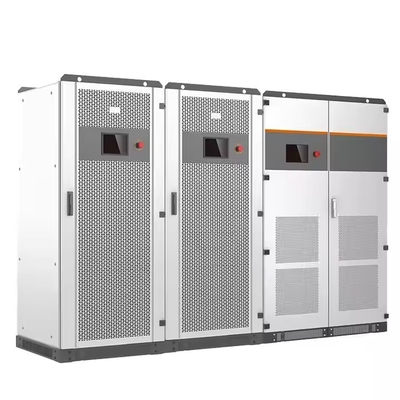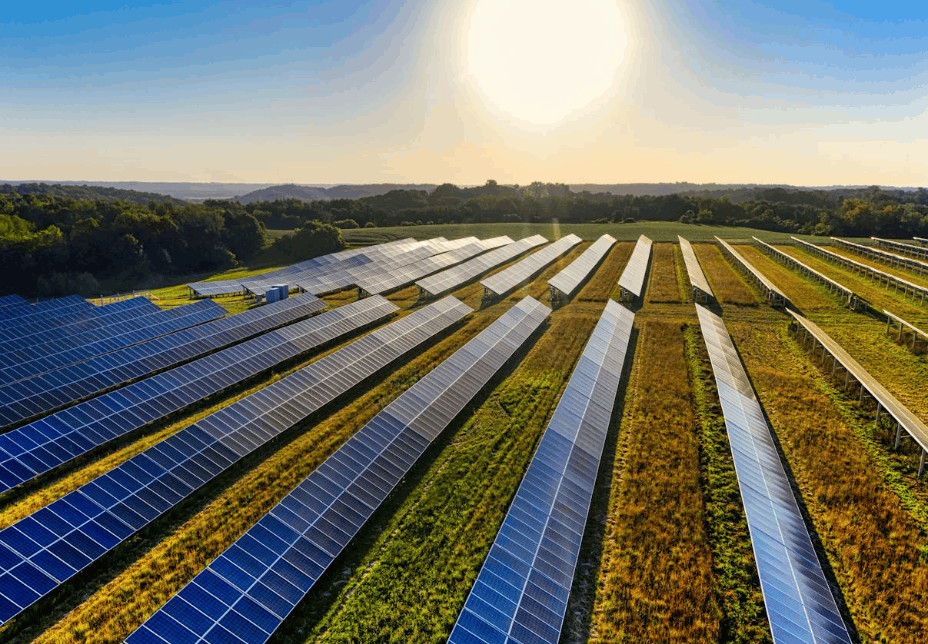A high-performance 30kW hybrid solar inverter designed for off-grid and hybrid power systems. Features flexible voltage configuration, dual MPPT tracking, and wide battery compatibility for reliable power in remote locations.
Key Features
Flexible Power Configuration
-
Supports 208V/220V/240V Wye output
-
Automatic voltage adjustment for stable operation
-
Compatible with diverse grid and generator setups
High Solar Efficiency
-
Dual MPPT trackers (36kW standard, 72kW max)
-
1,000V max PV input with 250-850V MPPT range
-
98% conversion efficiency, even in partial shading
Advanced Battery Integration
-
250-850V battery compatibility (lithium/lead-acid)
-
36kW charging power (expandable to 72kW)
-
Smart BMS communication via CAN/RS485
Rugged & Reliable Design
-
-30°C to +55°C operating range
-
IP20 protection against dust/moisture
-
<70dB noise level, air-cooled
Smart Monitoring & Control
-
7" LCD touchscreen for real-time data
-
Remote management via RS485/CAN/TCP/IP
-
Parallel operation for scalable capacity
Technical Specifications
| Category |
Specifications |
| AC Output (On-Grid) |
|
| Max. Power |
33 kVA |
| Rated Power |
30 kW |
| Voltage Options |
208V/220V/240V (Wye) |
| Frequency |
50/60 Hz (±5 Hz adjustable) |
| PV Input |
|
| Max. PV Voltage |
1,000V |
| MPPT Trackers |
2 |
| Max. PV Power |
36/72 kW |
| Battery |
|
| Voltage Range |
250-850V |
| Charging Power |
36/72 kW |
| Physical Data |
|
| Dimensions (W×D×H) |
800×800×1,900 mm |
| Weight |
620-650 kg |
| Certifications |
EN 62109, IEC 61727, VDE 4105, AS/NZS 4417.1 |
Applications
✔ Off-grid villages – Reliable power for remote communities
✔ Farms & agriculture – Irrigation, livestock operations
✔ Telecom towers – Continuous power in unconnected areas
✔ Backup power systems – Hospitals, emergency services
Frequently Asked Questions (FAQ)
Q: Can it work completely off-grid?
A: Yes, it operates in solar+battery mode without grid connection.
Q: How many inverters can be connected in parallel?
A: Supports unlimited parallel units for expanded capacity.
Q: What battery types are supported?
A: Compatible with lithium-ion, lead-acid, and flow batteries (250-850V).
Q: Is generator integration possible?
A: Yes, automatic generator start/sync is supported.
Installation & Compliance
⚠ Professional installation required (high-voltage components)
⚠ Certified components recommended (solar/battery)
✔ Meets global standards: IEC, EN, VDE, AS/NZS
Why Choose This Inverter?
✅ All-in-one solution – Solar, battery, and grid/generator integration
✅ Future-proof – Scalable for growing energy demands
✅ Industrial durability – Built for 24/7 operation
✅ Smart energy management – Optimizes power usage

 Your message must be between 20-3,000 characters!
Your message must be between 20-3,000 characters! Please check your E-mail!
Please check your E-mail!  Your message must be between 20-3,000 characters!
Your message must be between 20-3,000 characters! Please check your E-mail!
Please check your E-mail! 










